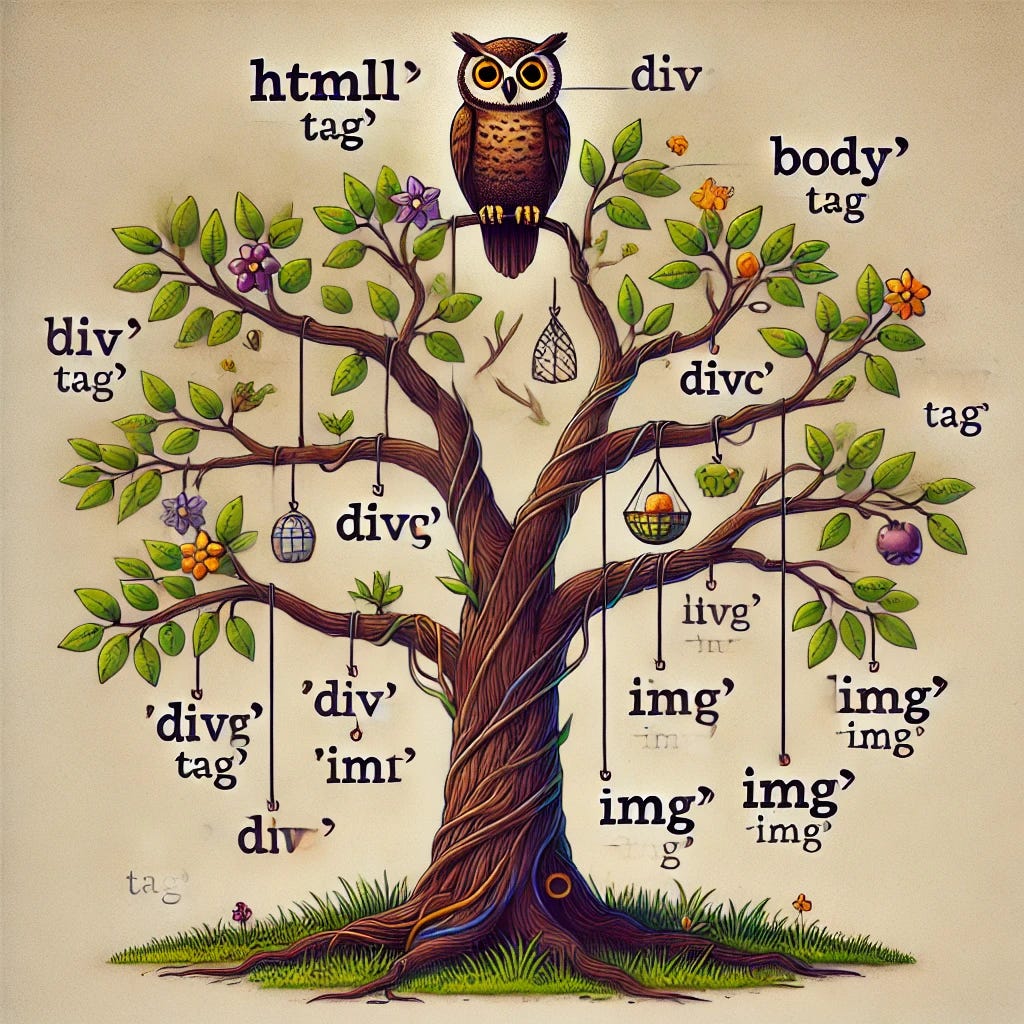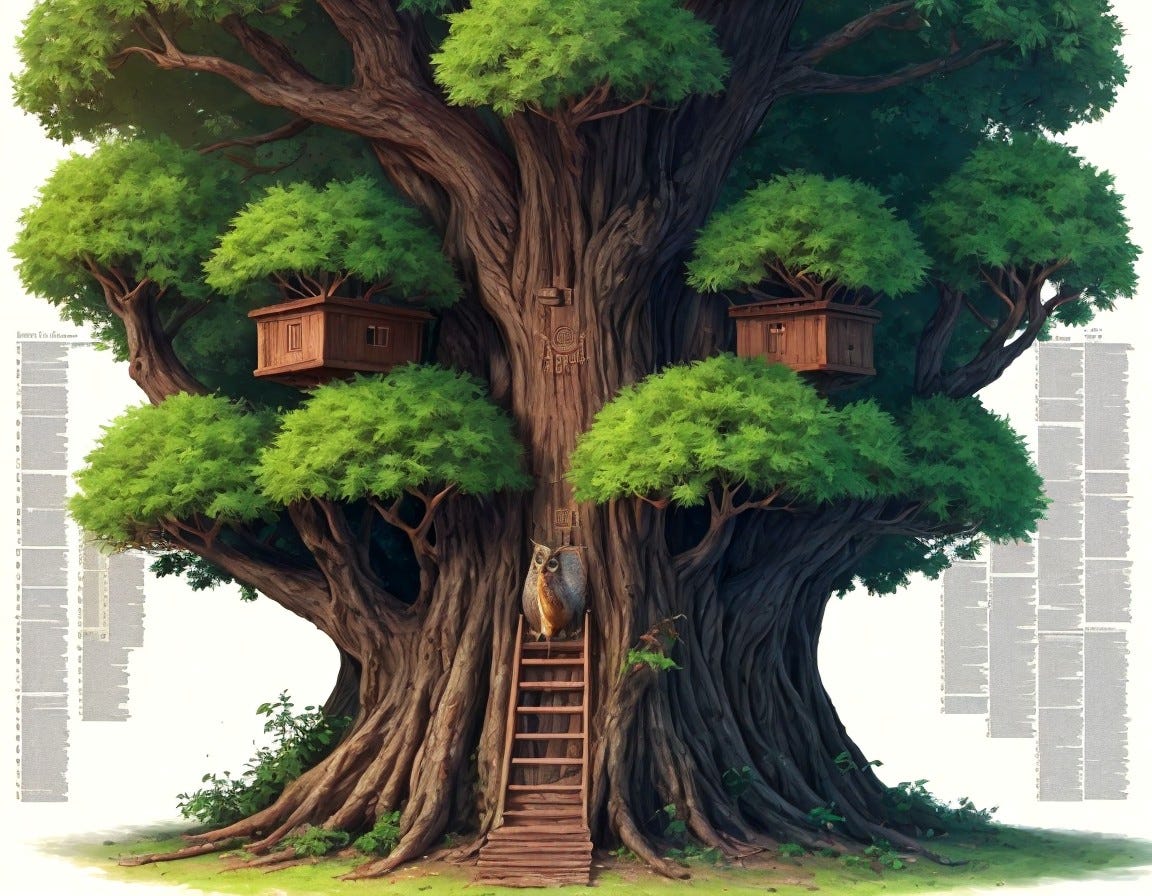
Imagine you’re building a magnificent LEGO castle. Each brick, window, and turret has its place, contributing to the grand structure. Now, swap that castle for a website, and those LEGO pieces become the Document Object Model (DOM) — the backbone of your web experience.
In simpler terms, the DOM is a structured representation of your web page. Think of it as a tree-like diagram, with the HTML elements as its branches. Every paragraph, image, button, or even that sneaky hidden div (we all have them!) finds its place in this intricate web.
But why is the DOM so crucial? Here’s where the magic happens:
- Dynamic Content: Ever seen a website change its layout or display new information without a full refresh? That’s the DOM at work. JavaScript can reach into the DOM tree, manipulate its elements, and create those cool interactive experiences we all love.
- Accessibility: Assistive technologies like screen readers rely heavily on the DOM to navigate and interpret web content for users with disabilities. A well-structured DOM ensures everyone can enjoy the web, regardless of their abilities.
- Web Development: Imagine trying to build a house without knowing where the walls and doors go. That’s what web development would be like without the DOM. It provides a map for developers to understand and modify web pages efficiently.
Let’s break down the DOM tree analogy a bit further. The HTML element, often referred to as the “root” element, is like the trunk of our tree. From there, each nested element — the <head>, <body>, <div>, <p>, etc. – forms a branch. These branches can have their own sub-branches (child elements), creating a hierarchy that defines the structure of the page.
Think of it this way:

<html>: The mighty trunk supporting the entire tree<head>: The wise old owl perched atop the tree, containing metadata about the page<body>: The sprawling branches where all the visible content resides<div>: A sturdy branch, often used to group related elements<p>: A slender twig holding a paragraph of text<img>: A vibrant leaf showcasing an image<button>: A playful button, ready to trigger an action
And so on…

The DOM is constantly evolving as you interact with the page. JavaScript can add, remove, or modify elements within the DOM tree, creating a dynamic and engaging user experience. It’s like watching your LEGO castle transform before your very eyes!
So, next time you’re browsing the web, remember that beneath the surface lies the DOM — the hidden blueprint that brings those web pages to life. It’s a testament to the power of structured data and the endless possibilities of web development.
Now, it’s your turn! Have you ever encountered any DOM-related quirks or challenges? Share your experiences in the comments below.